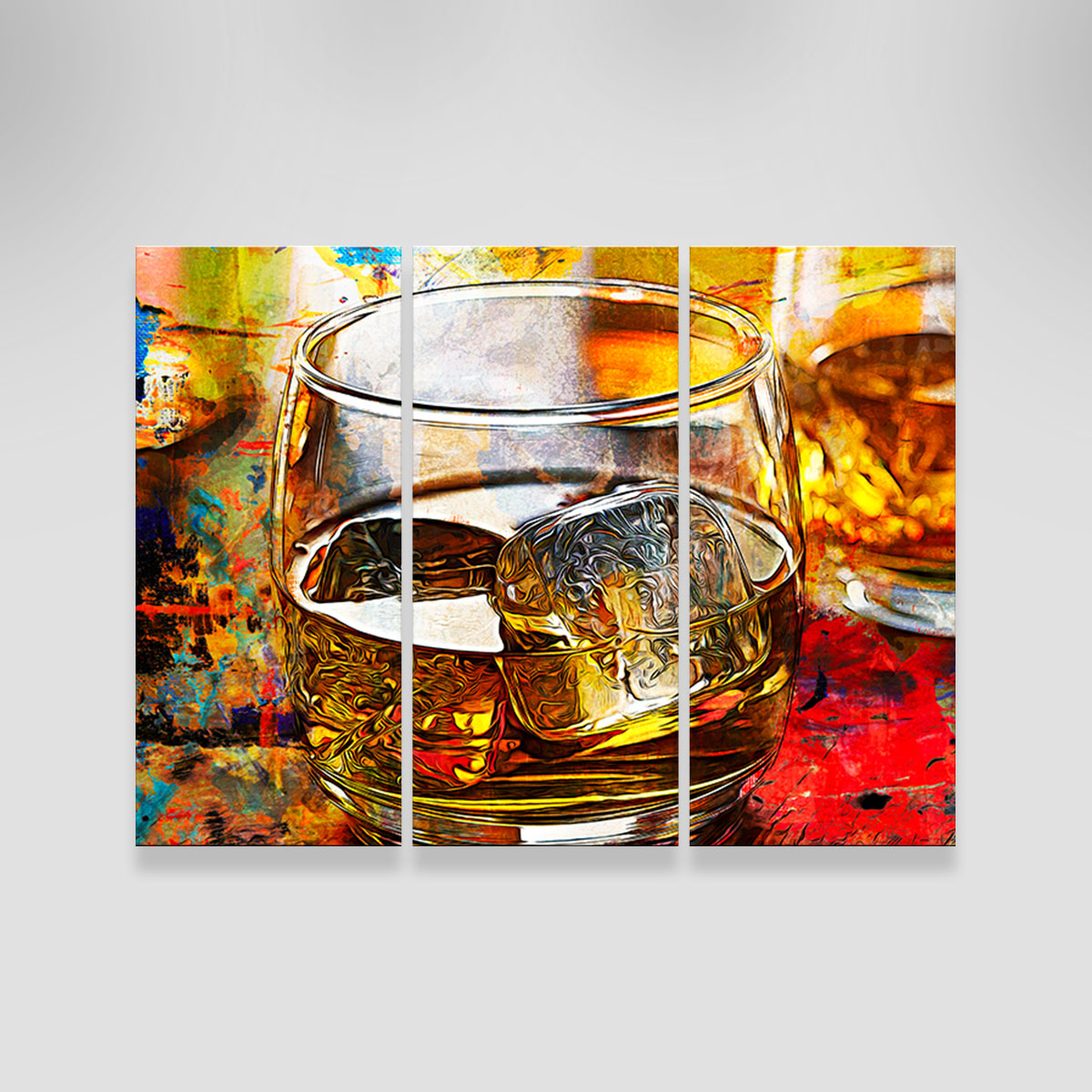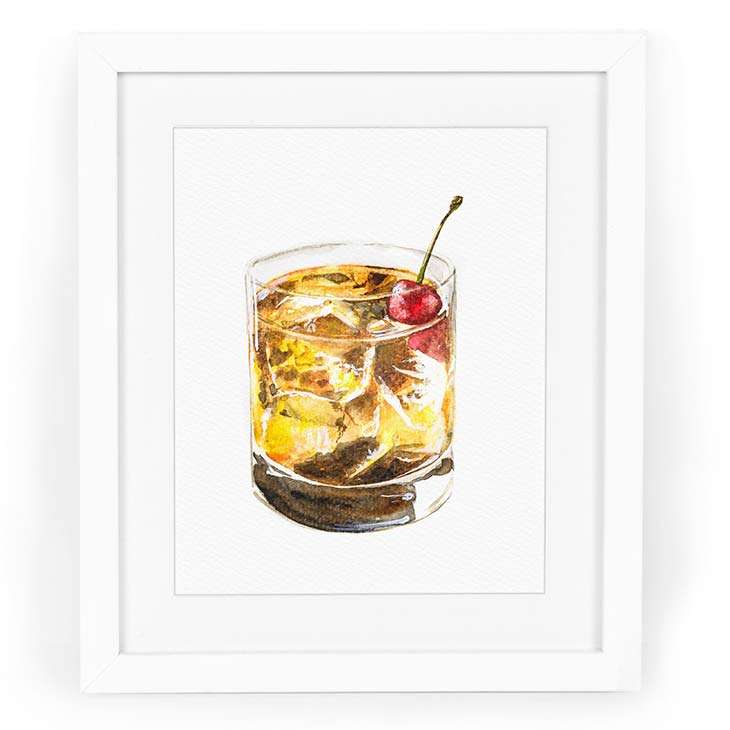Limited Edition: Discover Exclusive Bourbon Art Pieces for Collectors
Limited Edition: Discover Exclusive Bourbon Art Pieces for Collectors
Blog Article
The Importance of Whiskey Art in Celebrating Heritage and Workmanship in the Beverage Industry
The complex partnership between bourbon art and the celebration of heritage and craftsmanship within the beverage market can not be overemphasized. With attentively created tags and containers, whiskey brand names encapsulate their historic roots and the artisanal abilities that specify their production approaches. This creative measurement not just enhances market charm yet also works as a conduit for social storytelling, promoting a much deeper connection in between the craft and the consumer. As we explore the numerous elements of this subject, fascinating inquiries about the influence of modern-day trends on conventional practices develop, prompting additional examination.
The Historical Roots of Whiskey
At the heart of scotch's allure exists a rich tapestry of historic roots that map back to ancient civilizations. The beginnings of scotch can be linked to the distillation methods of the Sumerians and Babylonians around 2000 BCE, where very early forms of fermented grain drinks started to arise. It was in the Middle Ages that the art of purification progressed considerably, especially in Ireland and Scotland, leading to the development of whiskey as we know it today.
The term "whiskey" itself originates from the Gaelic word "uisce beatha," meaning "water of life." This phrase underscores the cultural importance of scotch in Celtic cultures, where it was commonly related to routines, parties, and communal bonding. By the 15th century, distillation became an identified craft within monastic communities, paving the method for the facility of legal distilleries.
As trade courses expanded, bourbon's popularity expanded, going beyond regional borders and catching the passion of connoisseurs worldwide. Whiskey Art. This historic trip reflects not only the workmanship behind bourbon production yet additionally its integral function in social and cultural contexts, marking it as a significant drink throughout history
Artistic Expression in Branding
Scotch branding stands as an engaging junction of artistry and business, where aesthetic identity plays a vital role in forming customer understanding. The looks of scotch tags, packaging, and marketing materials mirror not just the brand name's story but also its core values and heritage. Through imaginative expression, distilleries communicate a narrative that reverberates with consumers, evoking emotions and stimulating connections.
The usage of color, typography, and imagery in branding serves to differentiate products in a saturated market. Typical concepts may stimulate a feeling of authenticity and workmanship, while modern-day layouts can signify development and forward-thinking. This strategic artistic direction enhances brand name acknowledgment and loyalty, enabling consumers to create a personal partnership with the scotch they select.
In addition, imaginative expression in branding commonly functions as a celebration of local heritage. Distilleries frequently include local icons or historical recommendations right into their styles, creating a feeling of place that welcomes consumers to take part in a more comprehensive social experience. Ultimately, the virtuosity behind bourbon branding not only boosts aesthetic appeal but likewise enriches the total story of the brand, fostering a deeper recognition for the craftsmanship and heritage ingrained in each bottle.
Workmanship in Container Style
The artistry noticeable in whiskey branding prolongs past aesthetic identity to encompass the workmanship involved in container design. Each container functions as a vessel not just for the spirit within, but additionally for the story it tells concerning its quality, beginning, and custom. The design procedure calls for precise interest to information, as aspects such as form, product, and closure contribute dramatically to the total assumption of the scotch.
Craftsmanship in bottle design includes picking top quality glass that can enhance the whiskey's shade and quality, while likewise giving a tactile experience for the consumer. The silhouette of the bottle have to be both cosmetically attractive and functional, usually reflecting the heritage of the brand name. Many Our site distilleries go with distinct forms or printed logos that evoke a feeling of authenticity and history.
Furthermore, the tag layout and typography play a vital duty in connecting the brand's story. Bourbon Art. A well-crafted container not just captivates the consumer's eye but likewise reinforces the brand's commitment to quality and custom. By doing this, the workmanship of container style ends up being an essential facet of the scotch experience, merging creativity with a profound regard for heritage
Cultural Significance of Scotch Art
Celebrating practice and craftsmanship, the cultural value of scotch art transcends plain aesthetics, intertwining with the social and historic narratives of the regions where it originates. Each container acts as a canvas, depicting the special stories, mythology, and customs that have formed local whiskey-making methods. The elaborate layouts frequently show the heritage of the distillers, including icons and themes that reverberate with the society and worths of their communities.

On top of that, whiskey art plays a crucial role in communal celebrations and events, working as a tangible web link between people and their shared experiences. By valuing the creativity in bourbon packaging, consumers More hints cultivate a much deeper understanding and respect for the craft, inevitably enriching their satisfaction of the beverage itself.
Modern Trends in Scotch Discussion
Over the last few years, the presentation of bourbon has developed to reflect contemporary tastes and fads while still recognizing conventional workmanship - Limited Edition. Distilleries are increasingly concentrating on aesthetic elements that boost the general alcohol consumption experience, linking the void between heritage and modernity
Ingenious bottle designs have actually arised, often incorporating sustainable products and imaginative tags that tell compelling tales. Several brand names now team up with neighborhood artists, infusing their items with one-of-a-kind aesthetic expressions that resonate with consumers. In addition, limited-edition launches are often packaged in collectible containers, adding worth and charm for lovers.

Conclusion
Finally, whiskey art functions as a crucial avenue for expressing the heritage and craftsmanship intrinsic in the beverage industry. Via intricate branding, cutting-edge bottle designs, and culturally significant creative components, bourbon brand names effectively recognize their customs and get in touch with customers. This imaginative story not just boosts the appreciation of whiskey but likewise strengthens neighborhood identity and pride among producers. Eventually, scotch art plays a necessary duty in preserving and commemorating the abundant cultural tapestry of whiskey-making.


Workmanship in bottle design entails picking top notch glass that can improve the whiskey's shade and clearness, while also giving a responsive experience for the consumer. In this means, the workmanship of container design comes to be a crucial element of the bourbon experience, combining artistry with an extensive respect for heritage.
In verdict, scotch art offers as a crucial conduit for sharing the heritage and craftsmanship inherent in the beverage market.
Report this page